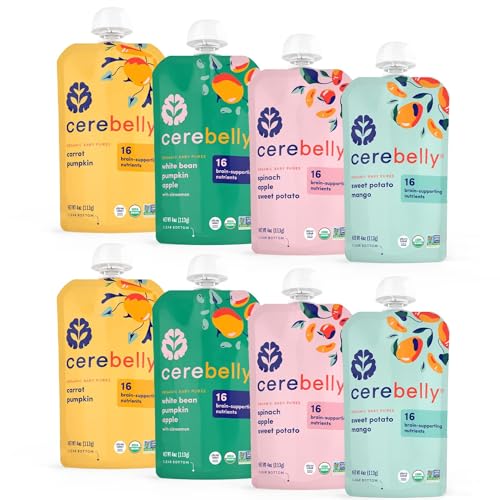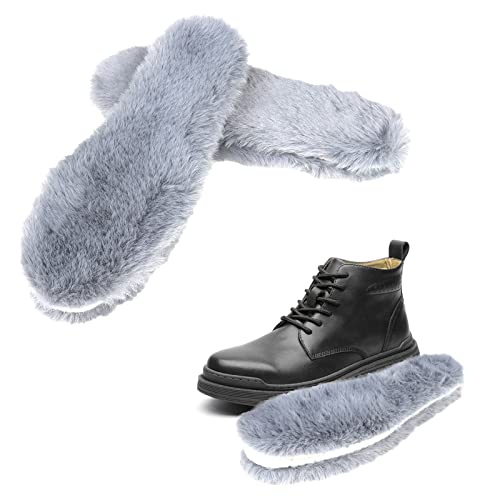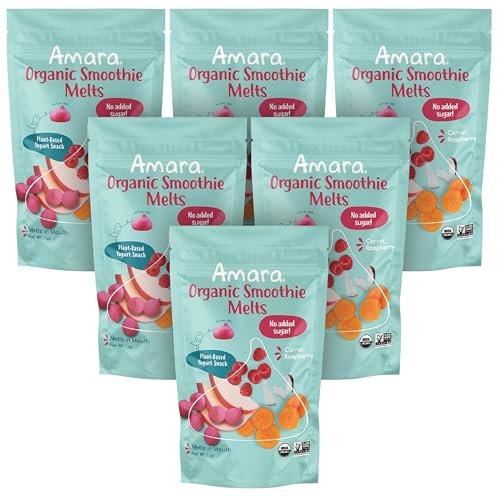DonnerSurvivor
Well-known member
- Joined
- Jan 30, 2013
- Messages
- 230
- Reaction score
- 0
You wouldnt even need to co op if you could get a place like NAFA on board let me explain how it works. Say I trap one muskrat and that is all I have, I would ship my one muskrat to the NAFA auction and they would grade it and place it in a lot of 20-200 other muskrats that graded as mine did. When a buyer purchases the lot my muskrat is in I am paid for my muskrat and every muskrat in that lot is the same price. As long as enough rabbit growers were on the same page as far as color and harvest dates and put all the hides up the same way NAFA would have no trouble sorting them out no matter how many you sent. Here is a quick video showing basic fur handling, (not for the squemish) http://www.youtube.com/watch?v=iD5gds4MYU4



















































